Bioluminescent algae dress by Iris Van Herpen: When fashion becomes a living light source
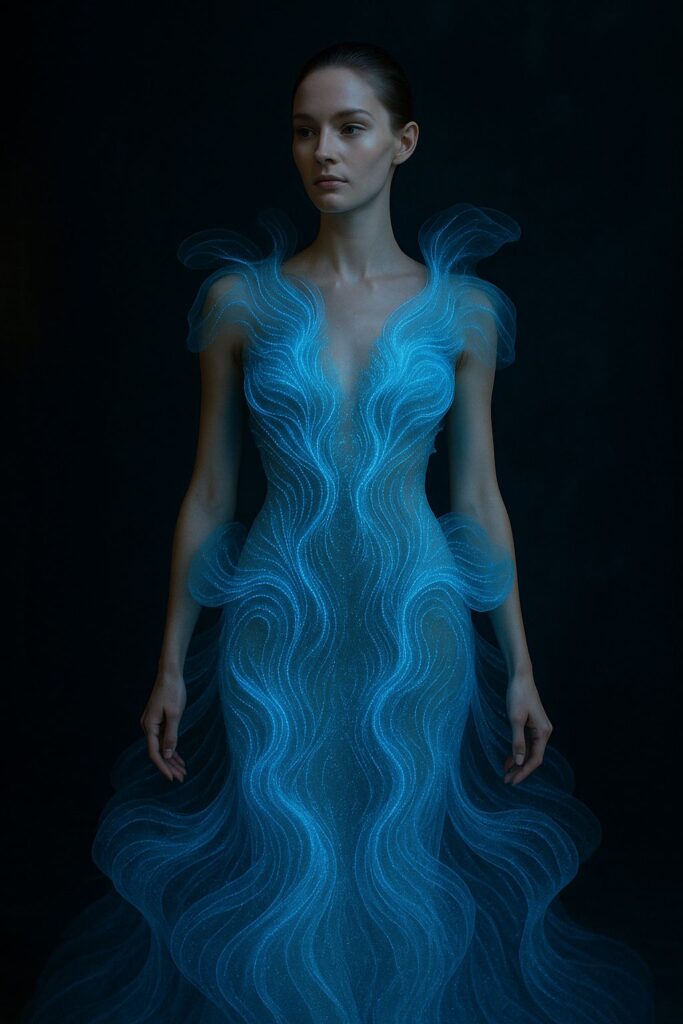
Exploring the radical potential of living materials in couture – and what it means for the future of wearables.
A living glow on the runway
Picture this: The lights dim, and a figure steps forward. But she doesn’t just wear light – she is light. Shimmering, rippling, alive. Her dress glows with an eerie, organic luminosity – not from LEDs, but from microscopic marine organisms known as bioluminescent algae.
This is no sci-fi spectacle. This is Iris Van Herpen’s latest work of art – a dress cultivated with living algae, blurring the boundary between technology and nature, couture and consciousness.
In a world increasingly driven by digitisation, this dress is a powerful reminder that the most radical innovation may come from returning to our biological roots – not just mimicking nature, but collaborating with it.
Inside the bioluminescent dress
The centrepiece of Van Herpen’s show, this dress uses dinoflagellates, single-celled algae that emit natural light through a process called bioluminescence. Often found in the ocean, these organisms sparkle when agitated – the same glowing blue waves seen in rare night seascapes.
But unlike ocean currents, this dress creates its own motion. The fluid architecture of the design is shaped to flow, amplifying the algae’s glow with each step. The effect? A luminous, pulsing second skin – equal parts organic being and artistic expression.
Van Herpen, already known for her collaborations with CERN physicists and 3D printing pioneers, has now tapped into bioengineering, using algae as more than inspiration. It’s material, message, and metaphor.
The science of living light
Bioluminescent algae produce light through a chemical reaction involving luciferin, which oxidises and emits photons. In nature, this glow deters predators or signals movement. In Van Herpen’s hands, it becomes a form of expression – light as language, gown as canvas.
But how is this wearable?
The algae are housed within specially designed glass-like shells – micro-environments embedded in the dress – allowing the organisms to survive, breathe, and glow. This isn’t fashion that’s inspired by nature. It’s alive with it.
The challenge lies in care – like couture pets, these organisms require specific conditions to thrive: Temperature, oxygen, and nutrients. It’s not just a dress. It’s a commitment.
Living materials: The future of fashion?
At a time when sustainability talk is saturated with recycled polyester and greenwashed slogans, Van Herpen’s algae dress makes a bold, necessary pivot: from sustainable to regenerative.
It signals a future where garments are no longer static commodities, but interactive ecosystems, where fabric breathes. Where materials die and regrow. Where wearing fashion becomes an act of ecological participation.
We’re already seeing this shift:
- Mycelium leather is grown from fungi.
- Spider silk spun without spiders.
- Cellular textiles that adapt to the climate.
Bioluminescent algae might not be mainstream (yet), but they represent a deeper movement – one that asks: What if our clothes weren’t just worn, but lived with us?
Iris Van Herpen’s ongoing dialogue with nature and tech
For Van Herpen, this isn’t a gimmick. It’s part of a long-standing philosophy.
Since launching her label in 2007, she’s become the high priestess of tech couture – from dresses inspired by particle collisions to laser-cut silks and parametric 3D printed garments. Her past collaborators include:
- MIT Media Lab
- Architects and physicists
- Algorithmic sound designers
But where many designers use tech to simulate, Van Herpen uses it to elevate life. The algae dress is a culmination, not of machine dominance, but of human-nature synergy.
Rewilding innovation: A new couture consciousness
This is more than fashion. It’s a philosophy shift.
Rewilding, often used in environmentalism, is about returning land to its natural state. In fashion, it could mean returning design to meaning, emotion, and life.
Biotech in fashion often conjures images of cyborgs and sterile futurism. But the algae dress offers another possibility: A future where couture reconnects us with the wild intelligence of nature.
It challenges fashion’s obsession with permanence and perfection. Living fabrics change. They require care. They die. In a world of mass-produced fast fashion, this is radical.
Would you wear a living dress?
As tech advances, the question isn’t can we wear living garments – it’s should we?
There are practical concerns, of course. Maintenance, lifespan, ethics. But there’s also poetic potential. A dress that glows with your heartbeat. A top that changes colour with your mood. Fashion that evolves with you – quite literally.
The algae dress might not be for your next dinner date, but it opens a door. To conscious couture. To slow style. To a future where nature isn’t something we imitate, but co-create with.
The future is alive – literally
At Digital Fashion Week, we’ve long championed the intersection of fashion and tech. But the algae dress is a reminder: Innovation isn’t just AI-generated prints or VR runways. Sometimes, it’s about the quiet glow of an ancient organism – lighting a path forward.
We’re entering a new chapter of fashion. One where living fabrics, regenerative design, and eco-intelligence are no longer fringe ideas, but fashion’s most exciting frontier.
So we ask you:
💬 Would you wear a living garment? Do you believe fashion can truly be alive?
Join the conversation. The future is closer – and more bioluminescent – than you think.

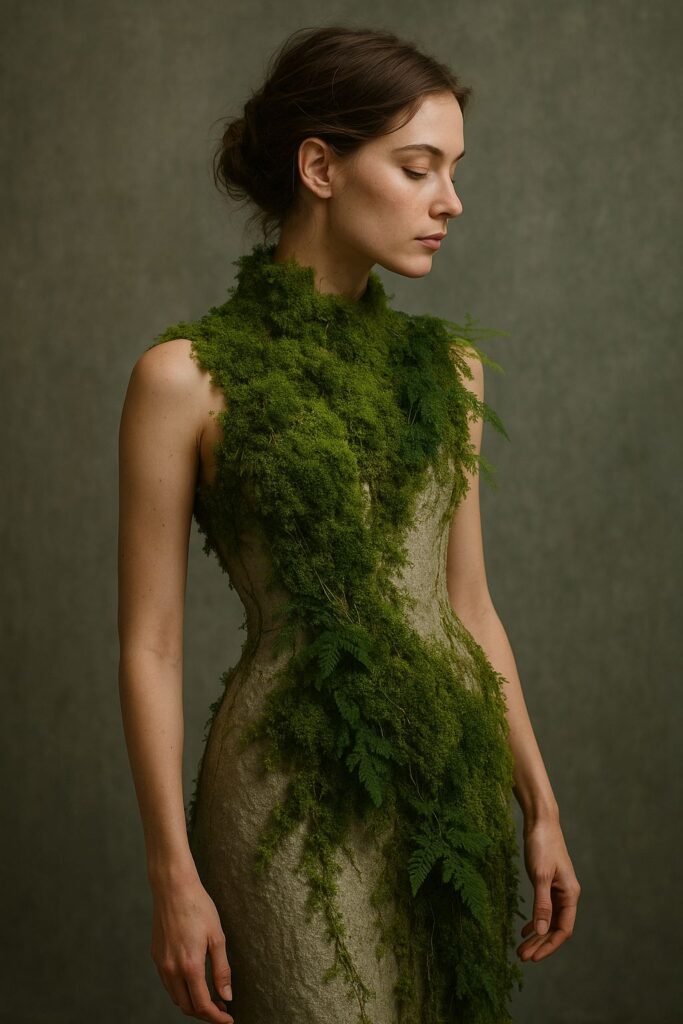
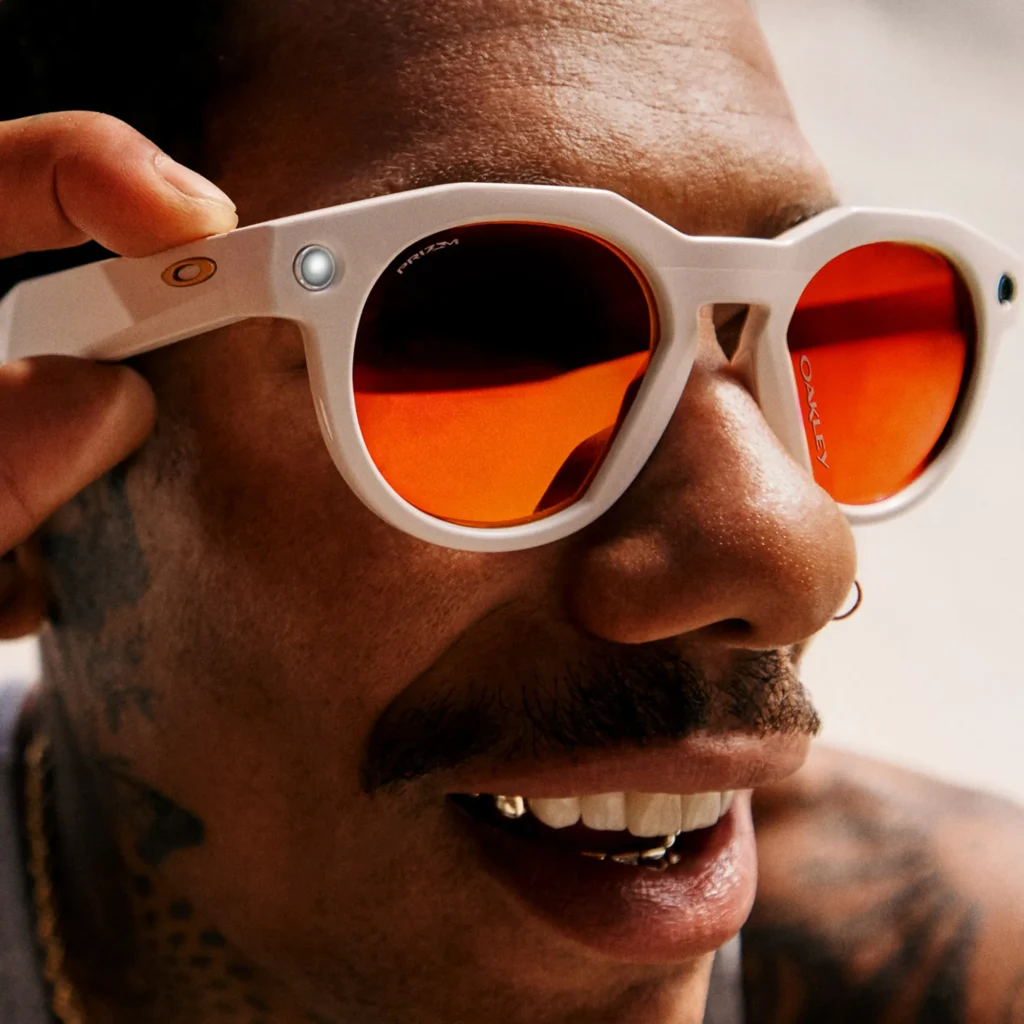

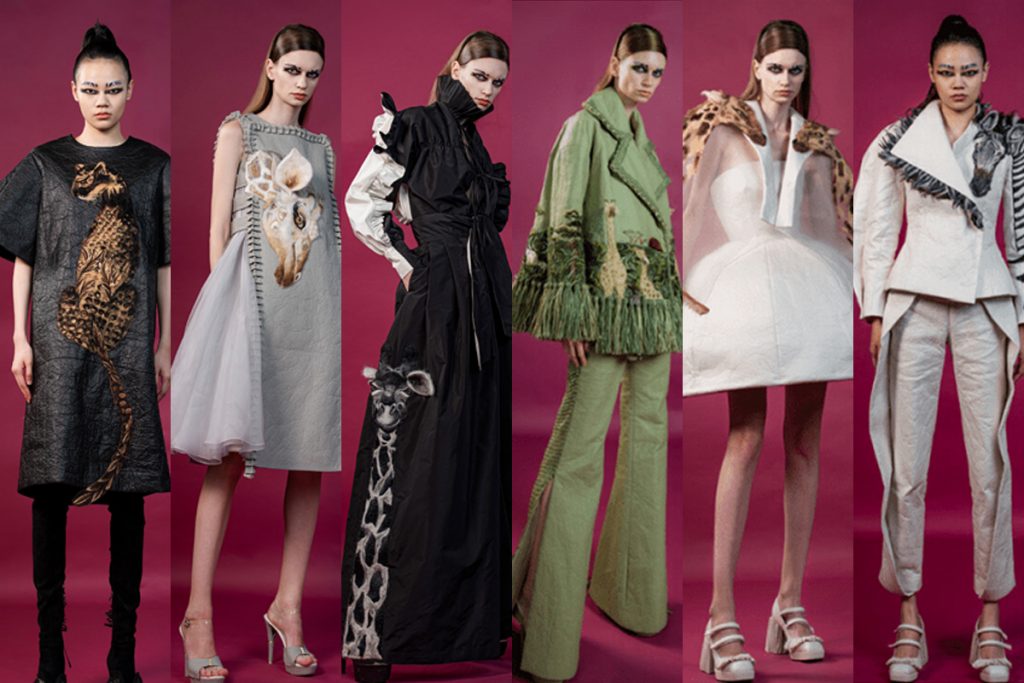


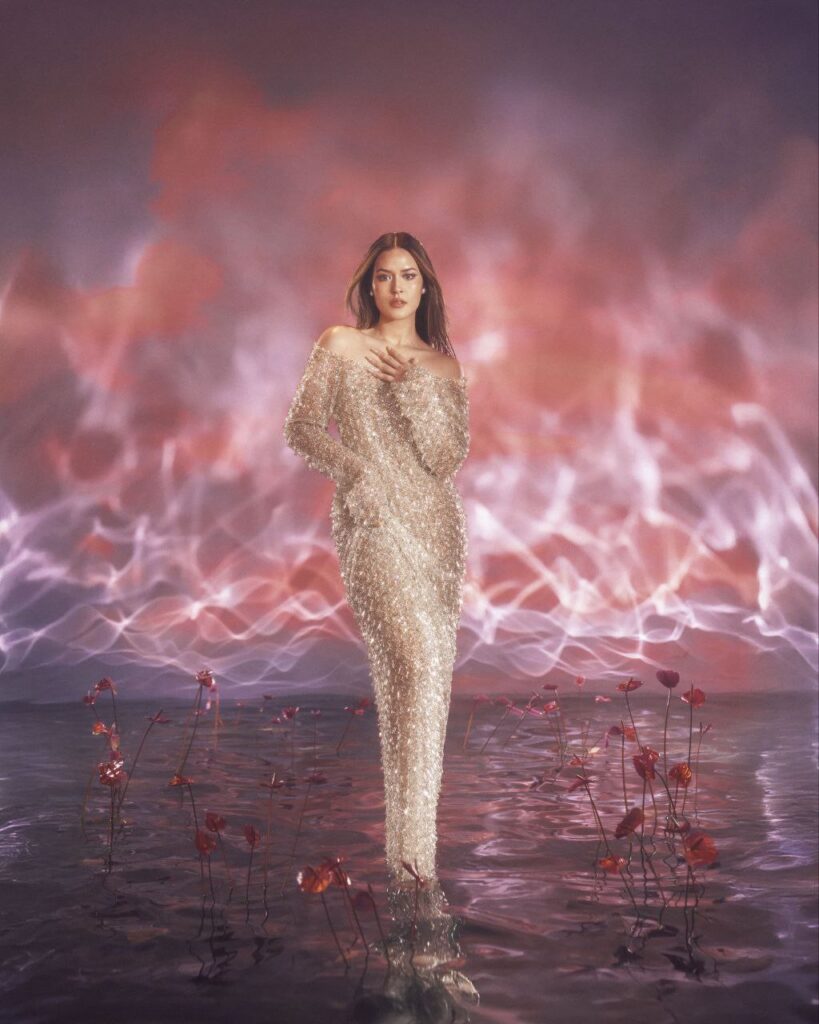



Responses